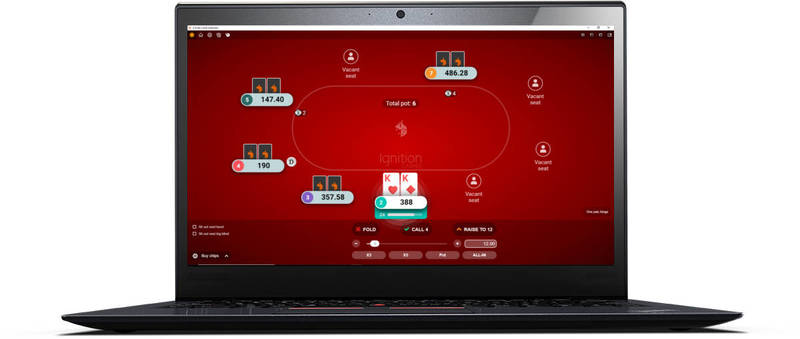Basic Reverse Implied Odds
Mathematics: Flushes & Straights : Simple Pot Odds : Implied Odds : Reverse Implied Odds

Fantastic... you've just managed to work your way through the beast that is pot odds, scraped your way to the end of implied odds, and now you're hit with 'reverse implied odds'.
Great fun. But trust me, this topic is going to be incredibly easy to understand if you've already learnt about implied odds, because it is pretty much the same basic idea from a different angle.
What are reverse implied odds?
Just as implied odds highlight how much money you can expect to win after you have completed your draw, reverse implied odds highlight the amount of money that you may lose even after you make your hand.
Now I know you're thinking "but I've completed my draw, why would I lose?", but you have forgot about one important factor: even if you make your flush or straight, there is the possibility that another player will make a better flush or straight than you, or even a full house or better. Therefore in these instances, there is a good chance that you will lose money even if you catch the 'right' cards.
Why are reverse implied odds important?
Aside from being able to impress your friends with such a complex term like 'reverse implied odds' at your next home game, reverse implied odds can save you from making a costly mistake on your next drawing hand.
For example, if you know that there is a strong possibility that one or more of the players at the table are chasing after a bigger flush than you, then it wouldn't make sense to try and chase after the same flush if you know that you are going to lose anyway. See what I mean?
How do you use reverse implied odds in your game?
Even though the term reverse implied odds sounds really cool and complex, it really isn't that much of a big 'thing'. All you have to remember is that if you think that another player at the table could have or does have a stronger hand than one you are drawing too, then you should reconsider whether it is worth your while making the call to chase after that draw.
There are no real calculations involved here, except for using your knowledge of the game to make an informed judgment on whether to play on or fold. It is more common sense than anything.
 Hands with reverse implied odds.
Hands with reverse implied odds.
- Low flushes
- Medium flushes
- Low ends of straights
Nothing really groundbreaking, but just be careful when you have hands like these. You don't want to go to war with them too often unless you are confident that you have your opponent(s) beat.
Basic reverse implied odds overview.
For such a big term, the theory behind it is pretty basic. This article can only really give you the basics behind the theory, so it's up to you to go out and build an understanding of whether to play on or fold when you have a vulnerable drawing hand.
If you really want to take advantage of such a funky term in front of your friends, you can always say something along the lines of: "Well, I did have a decent double-gutter draw and the pot odds were in my favor, but after considering the reverse implied odds of the situation I was able to make a comfortable fold". Which loosely translates as: "I had the pot odds, but I thought the other guy had a better hand than I could ever make, so I chucked 'em".
Go back to the sublime Texas Hold'em guide.
Can You Afford Not To Use
Poker Tracker 4?
“I wouldn’t play another session of online poker without it”
“I play $25NL, and in under 1 week PT4 had paid for itself”
Comments

